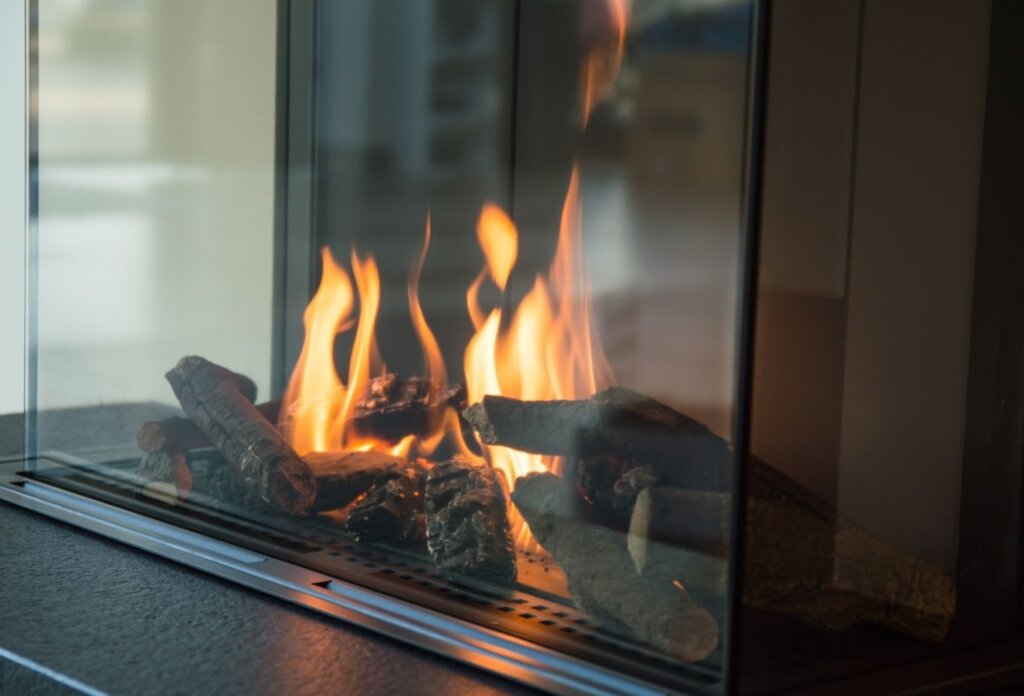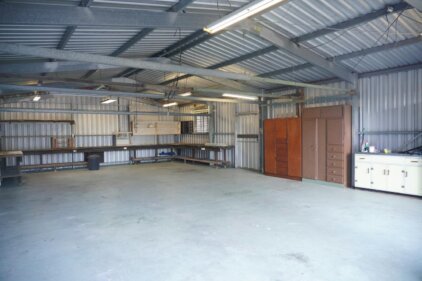As the temperatures drop and winter approaches, there’s nothing quite like the cozy warmth and ambience of a fireplace in your home. However, traditional wood-burning fireplaces can be messy, require constant maintenance, and may not be an option for everyone. This is where fireplace heaters come in. In this comprehensive guide, I will walk you through everything you need to know about choosing the best fireplace heater for your home.
Understanding How Fireplace Heaters Work
Before diving into the different types of fireplace heaters available, it’s important to understand how they work. Fireplace heaters are designed to provide warmth and simulate the appearance of a real fire without the need for actual burning wood. They utilize electric, gas, or pellet fuel sources to generate heat. The heat is then distributed into the room through various mechanisms such as forced air, radiant heat, or convection.
Different Types of Fireplaces and Their Features
When it comes to fireplace heaters, there are three main types to choose from: gas fireplaces, electric fireplaces, and pellet fireplaces. Each type has its own unique features and advantages.
Gas Fireplaces
Gas fireplaces are a popular choice for many homeowners due to their convenience and efficiency. They can be fueled by natural gas or propane and offer instant heat at the flip of a switch. Gas fireplaces come in various styles, including direct vent, vent-free, and inserts. They produce real flames and can be operated with a remote control or wall switch. However, they require professional installation and may not be suitable for homes without access to a gas line.
Electric Fireplaces
Electric fireplaces are incredibly versatile and easy to install. They require no venting or chimney and can be placed virtually anywhere in your home. Electric fireplaces use electricity to generate heat and display realistic flames through LED lights. They often come with adjustable temperature settings, flame effects, and even remote control operation. While they may not provide as much heat as gas or pellet fireplaces, they are energy-efficient and offer a safe alternative for families with children or pets.
Pellet Fireplaces
Pellet fireplaces are an eco-friendly option for those who prefer a more traditional look and feel. They burn wood pellets made from compressed sawdust and produce real flames. Pellet fireplaces are highly efficient and can provide consistent heat for extended periods. They often feature automatic ignition, programmable thermostats, and can be controlled remotely. However, they require a constant supply of wood pellets and regular maintenance to ensure proper operation.
Factors to Consider When Choosing a Fireplace Heater
Now that you’re familiar with the different types of fireplace heaters, it’s important to consider several factors before making a decision. Here are some key factors to keep in mind:
- Fuel Source: Determine whether you have access to natural gas or if electricity is your primary fuel source. This will help narrow down your options.
- Heating Capacity: Consider the size of the room or area you want to heat. Different fireplace heaters have varying heating capacities, so choose one that is suitable for your needs.
- Installation: Determine if you have the necessary infrastructure for installation. Gas fireplaces often require professional installation, while electric fireplaces can be easily plugged into a standard electrical outlet.
- Aesthetics: Consider the style and design of the fireplace heater. It should complement your home’s décor and personal preferences.
- Safety Features: Look for safety features such as automatic shut-off, cool-to-touch glass, and child-lock settings to prevent accidents or injuries.
By considering these factors, you can make an informed decision and choose the best fireplace heater for your home.
Gas Fireplaces: Pros and Cons
Gas fireplaces offer several advantages, but they also have some drawbacks to consider.
Pros of Gas Fireplaces
- Instant heat at the flip of a switch.
- Real flames and a natural-looking fire.
- Remote control or wall switch operation for convenience.
- Efficient and can be used as a supplemental heat source.
- No need to store or handle firewood.
Cons of Gas Fireplaces
- Requires professional installation and connection to a gas line.
- Limited portability as it is fixed in place.
- Higher upfront costs compared to electric fireplaces.
- Reliance on a non-renewable energy source (natural gas or propane).
Electric Fireplaces: Pros and Cons
Electric fireplaces offer unique advantages and considerations.
Pros of Electric Fireplaces
- Easy installation – simply plug into a standard electrical outlet.
- Versatility – can be placed in any room or location.
- No emissions or need for venting.
- Adjustable temperature settings and flame effects.
- Energy-efficient and cost-effective.
Cons of Electric Fireplaces
- Limited heating capacity compared to gas or pellet fireplaces.
- Flames are simulated through LED lights and may not look as realistic.
- Reliance on electricity and may not work during power outages.
- Limited portability due to the need for an electrical outlet.
Pellet Fireplaces: Pros and Cons
Pellet fireplaces offer their own set of advantages and considerations.
Pros of Pellet Fireplaces
- Real flames and a traditional fireplace feel.
- Highly efficient and can burn for extended periods.
- Automatic ignition and programmable thermostats for convenience.
- Utilizes renewable fuel source (wood pellets).
- Can be controlled remotely.
Cons of Pellet Fireplaces
- Requires a constant supply of wood pellets.
- Regular maintenance and cleaning to ensure proper operation.
- Higher upfront costs compared to electric fireplaces.
- Limited availability and may require specialized installation.
Tips for Using Gas and Electric Fireplaces Safely in Your Home
While gas and electric fireplaces offer convenience and warmth, it’s important to prioritize safety. Here are some tips for using them safely in your home:
- Follow the manufacturer’s instructions: Read and understand the user manual before operating your fireplace heater.
- Keep flammable materials away: Maintain a safe distance between your fireplace and any flammable objects such as curtains, furniture, or decorations.
- Install carbon monoxide detectors: Gas fireplaces produce carbon monoxide, so it’s crucial to have working detectors in your home.
- Supervise children and pets: Keep a close eye on children and pets when the fireplace is in use to prevent accidents or injuries.
- Turn off when unattended: Always turn off your fireplace heater when leaving the room or going to sleep.
By following these safety tips, you can enjoy the warmth and comfort of your fireplace heater with peace of mind.
Choosing the Right Fireplace Heater for Your Family’s Needs
Now that you have a good understanding of the different types of fireplace heaters, their pros and cons, and important considerations, it’s time to choose the right one for your family’s needs. Consider your specific requirements, budget, and preferences to make an informed decision. If you’re unsure, consult with a professional fireplace installer or retailer who can provide expert advice tailored to your situation.
Conclusion
A fireplace heater is an excellent addition to any home, providing both warmth and ambiance during the winter months. Whether you opt for a gas, electric, or pellet fireplace, understanding how they work, their features, and the factors to consider will help you make an informed decision. By prioritizing safety and choosing a fireplace heater that suits your family’s needs, you can create a cozy and inviting atmosphere in your home. So, take the time to research, explore your options, and find the best fireplace heater for your home today.





